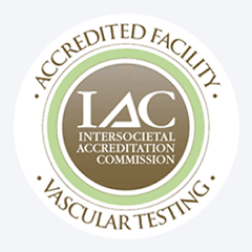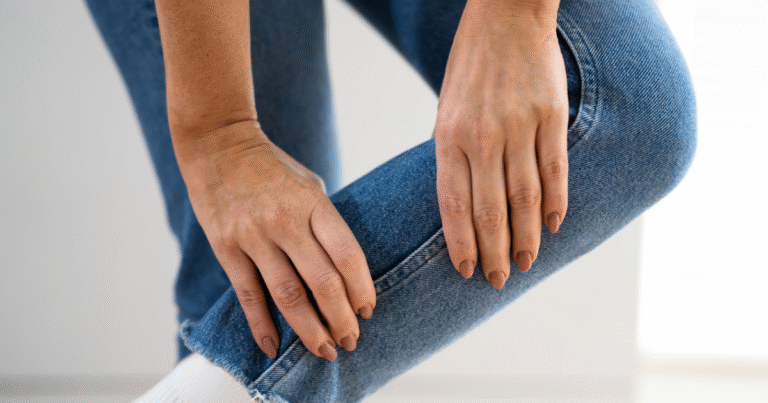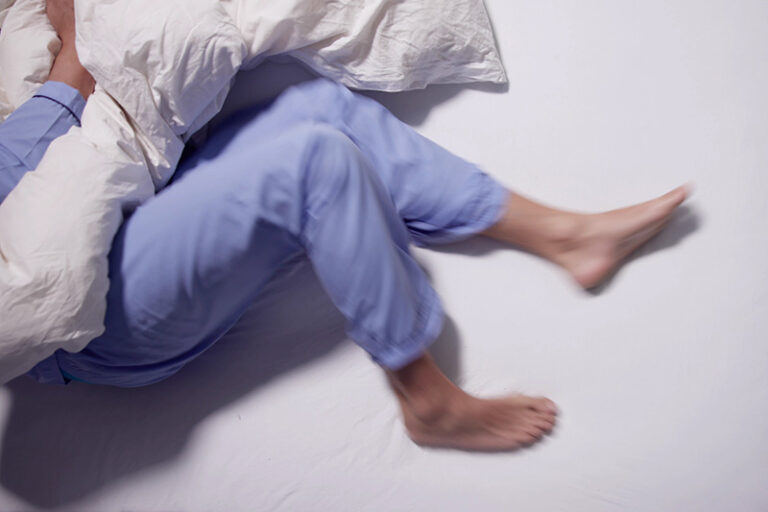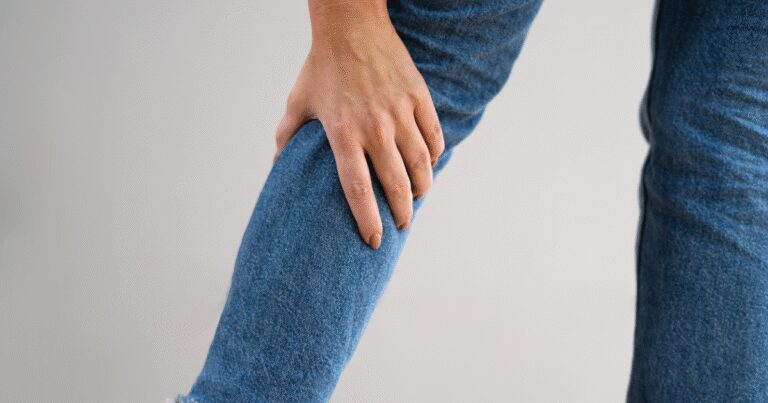Restless Leg Syndrome (RLS): Symptoms & Treatments
Do you ever feel a strong urge to move your legs at night, accompanied by strange crawling, itching, or throbbing sensations? If so, you might...
Read More







